A beginner's guide to cosplay
Maids, manga, music, and games. Find out how costume play grew into one of the most diverse subcultures in Japan
Every Sunday in Tokyo’s Yoyogi Park, one can find Japanese teens and adults in all sorts of outrageous outfits. From glam rock wannabes to videogame and anime characters, the park is packed with those who choose to leave behind their normal lives for an afternoon. These costumed park goers are practicing what the Japanese call cosplay, a word that combines the first syllable of “costume” and the last of “role-play.”
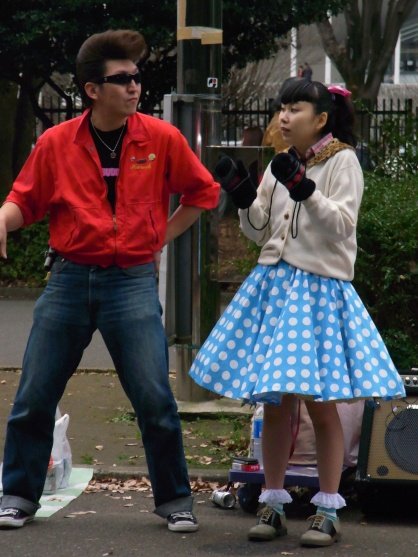
Above: A gang of rockabilly cosplayers dance, smoke, and show off their punch perms. It’s a typical Sunday afternoon in Harajuku
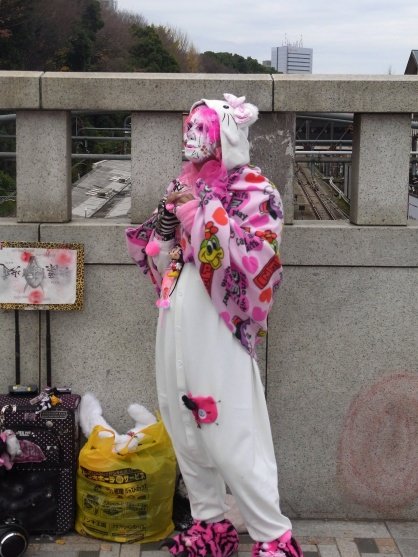
Above: A lone cosplayer poses on the world famous Cosplay Bridge in Harajuku

While it may seem strange, this weekly display of costumes might not exist if not for Star Trek. On January 21, 1972 a small group of Star Trek fans held the first Star Trek convention at the Statler Hilton ballroom in New York. Among the events scheduled was a costume contest. While it may have seemed like little more than a small diversion to liven up the time between episode screenings at the time, the event marked the beginnings of modern day cosplay. As Star Trek conventions spread, so did these costume contests. Eventually, the pageantry of fan-made costumes became a central part of these conventions, separate from any contests.
What mainstream America did not realize, was that these events would eventually give rise to a major subculture outside of the States in Japan. From its beginnings in the 1980s till today, Japanese cosplayers have taken what a small number of Trekkies were doing nearly forty years ago, and turned it into a three-hundred fifty million dollar a year industry.
But figuring out when the practice spread to Japan is the subject of some debate. According to subculture expert and author of The Otaku Encyclopedia, Patrick Galbraith, Japanese geeks were already dressing up as their favorite characters by 1977 - and the word “cosplay” was first coined in the Japanese anime magazine, My Anime, by 1983. Regardless of when and how cosplay made its way to Japan, it’s here to stay. Presented here is a snapshot of just a few of the many modern incarnations of cosplay culture and what it means in contemporary Japan.
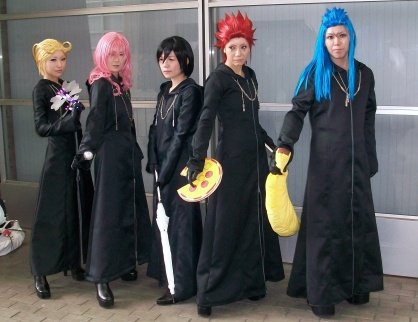
Above: Kingdom Hearts cosplayers at the Tokyo Game Show
Sign up to the GamesRadar+ Newsletter
Weekly digests, tales from the communities you love, and more
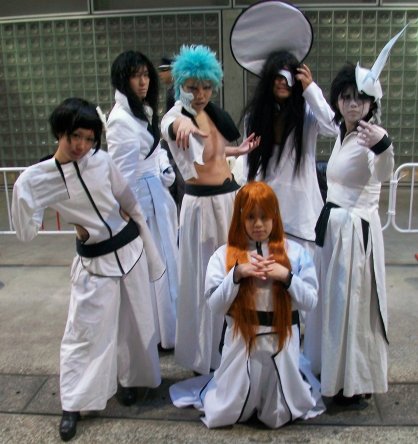
Above: Bleach cosplayers strike a pose
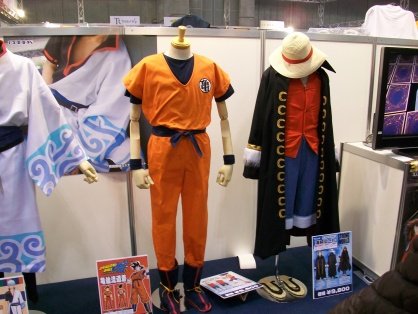
Above: This display at Cospa’s booth at Jump Festa 2009 features expensive Dragon Ball Z and One Piece costumes
Cosplay continued to grow in popularity in Japan - and by 1994, larger retailers emerged to meet the growing demand for detailed outfits and accoutrements. Cospa, one of the largest modern day cosplay retailers, was established in 1995. Today, Cospa is an $18 million-dollar-a-year juggernaut, with ten stores spread across six major Japanese cities. Due to the waning, but still significant, interest in otaku culture, Cospa still does a great deal of its business with foreigners and tourists.
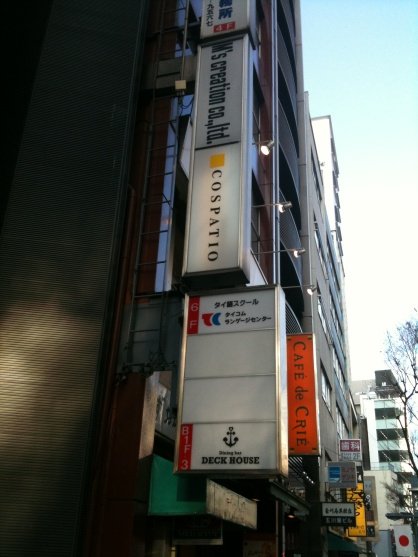
Above: Cospatio, one of two Shibuya branches of Cospa, focuses on costumes and hosts workshops for cosplayers

Above: This Cospa branch focuses more on clothing and collectibles related to anime and videogames


